GRAVITATIONAL LENSING
Gravitational lensing is a consequence of general relativity, where the gravitational force due to a massive object bends the paths of light originating from distant objects lying behind it. Using very little general relativity and no higher level mathematics, this text presents the basics of gravitational lensing, focusing on the equations needed to understand the phenomenon. It then applies them to a diverse set of topics, including multiply imaged objects, time delays, extrasolar planets, microlensing, cluster masses, galaxy shape measurements, cosmic shear, and lensing of the cosmic microwave background. This approach allows undergraduate students and others to get quickly up to speed on the basics and the important issues. The text will be especially relevant as large surveys such as LSST and Euclid begin to dominate the astronomical landscape. Designed for a one-semester course, it is accessible to anyone with two years of undergraduate physics background.
SCOTT DODELSON is a Distinguished Scientist at Fermilab and Professor in the Department of Astrophysics and Astronomy at the University of Chicago. He has written more than 180 research papers on the connections between physics and astronomy. He is the author of Modern Cosmology, a standard graduate textbook, and he has recently taken leadership roles in surveys that employ gravitational lensing as a tool to get at basic physics. Through these roles and by teaching courses devoted to lensing, he realized that learning enough about lensing to begin research is both simple and rewarding. This volume was written to help potential researchers at all levels learn this fascinating, rapidly emerging field.
GRAVITATIONAL LENSING
SCOTT DODELSON
Fermi National Accelerator Laboratory, Batavia, Illinois

University Printing House, Cambridge CB2 8BS, United Kingdom
One Liberty Plaza, 20th Floor, New York, NY 10006, USA
477 Williamstown Road, Port Melbourne, VIC 3207, Australia
4843/24, 2nd Floor, Ansari Road, Daryaganj, Delhi 110002, India
79 Anson Road, #0604/06, Singapore 079906
Cambridge University Press is part of the University of Cambridge.
It furthers the Universitys mission by disseminating knowledge in the pursuit of education, learning, and research at the highest international levels of excellence.
www.cambridge.org
Information on this title: www.cambridge.org/9781107129764
Scott Dodelson 2017
This publication is in copyright. Subject to statutory exception and to the provisions of relevant collective licensing agreements, no reproduction of any part may take place without the written permission of Cambridge University Press.
First published 2017
Printed in the United Kingdom by TJ International Ltd. Padstow Cornwall
A catalogue record for this publication is available from the British Library.
ISBN 978-1-107-12976-4 Hardback
Additional resources for this publication at www.cambridge.org/9781107129764
Cambridge University Press has no responsibility for the persistence or accuracy of URLs for external or third-party internet websites referred to in this publication and does not guarantee that any content on such websites is, or will remain, accurate or appropriate.
This book is dedicated to the memory of Danielle Bessler,
who saw life through her own lens, thereby bringing joy to
her family and friends
Contents
Preface
There are three reasons why I wanted to write this book. First, gravitational lensing is emerging as a powerful tool in many areas of astronomy, from exoplanets to cosmology. This breadth of applications emerging from a single phenomenon the bending of light by curved space-time is the second reason, for it is yet another example of why physics is so interesting: we can explain many things with a few simple laws.
The final reason for this book is that, while important for many different applications, lensing is not that hard. There have been elegant, beautiful papers and books exploring the foundations of lensing and many of its formal aspects. But most of the applications simply do not require all that much formalism. General relativity makes several appearances here, but even if you skip those few sections, you will still learn essentially everything thats here: multiple images, magnification, micro-lensing, shear, etc. And armed with that information, I hope you will be able to begin research on real problems that are opening up in so many areas of astronomy and be prepared to analyze the ever-improving datasets that are coming our way.
The goal then is that this book can serve as the text for an undergraduate or graduate course on gravitational lensing or be used for independent study by someone interested in jumping into research.
Thanks are due to colleagues who generously gave of their time to answer questions: Gary Bernstein, Daniel Fabrycky, Bhuvnesh Jain, Rachel Mandelbaum, and Ben Wandelt. I am very grateful to the students who took this course, especially in 2015, as they helped immensely by providing feedback on an early draft of this book. So thank you to these rising stars: Adam Anderson, Gourav Khullar, Meng-Xiang Lin, Monica Mocanu, Pavel Motloch, Andrew Neil, Zhaodi Pan, Jason Poh, Amy Tang, Rito Thakur, and Alexander Tolish.
I am extraordinarily grateful to the people who fund my research, especially Fermilab, the Office of High Energy Physics at the Department of Energy and, by extension, the citizens of the United States. I am so fortunate to live in a society that values basic research. Some of this work was carried out at the Aspen Center for Physics, which is supported by National Science Foundation grant PHY-1066293.
Overview
Light passing by a point particle with mass M is deflected (Fig. ) by an angle

| (1.1) |
where b is the distance of closest approach, the impact parameter ; G is Newtons constant; and c is the speed of light.
Figure 1.1 Light from a source (far right) is deflected by an angle  as it passes a projected distance b by a lens of mass M . The source appears to the observer to be an angular distance away from the line of sight connecting the observer to the lens.
as it passes a projected distance b by a lens of mass M . The source appears to the observer to be an angular distance away from the line of sight connecting the observer to the lens.
Physically and dimensionally, this makes sense: the deflection angle is bound to increase as the mass of the deflector, or lens , gets larger and decrease as the light path strays farther from the lens. And, of course, the deflection is caused by gravity, so must be proportional to Newtons constant.
The factor of 4 is trickier and carries an interesting history. When developing his theory of gravity, general relativity, Einstein initially derived a result with coefficient equal to 2, a prediction that agreed with one obtained a century earlier that relied on Newtonian physics. Based on this result, he calculated the deflection angle of a light ray coming from a star aligned with the edge of the Sun and determined it to be a little less than an arcsecond. Einstein sent eminent astronomer George Hale a letter asking if a deviation of this size could be detected. Hale responded that the starlight would be dominated by light from the Sun unless the Sun were eclipsed. So, Einstein courted the German astronomer Erwin Freundlich to undertake an expedition to the site at which the next eclipse would be maximal: the Crimean Peninsula in Summer 1914. It turns out that August 1914 was not a very good time to be wandering around the continent, and Freundlich and his team were imprisoned. The good news is that they were released eventually; the apparent bad news is that they were released after the eclipse was over, so could not make the observations that Einstein deemed a simply invaluable service to theoretical physics. This was only apparent bad news, because Einstein subsequently tweaked his theory and as we will see got a different coefficient for the deflection.

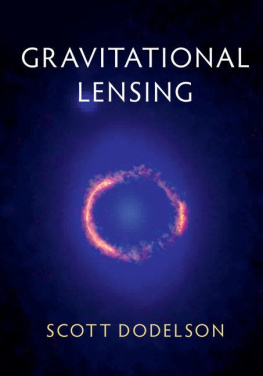
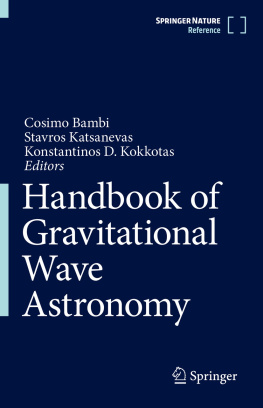

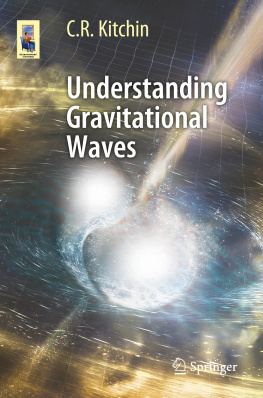

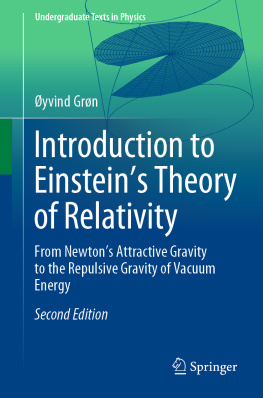
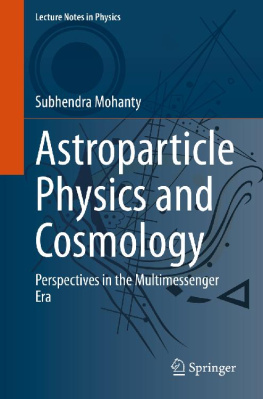
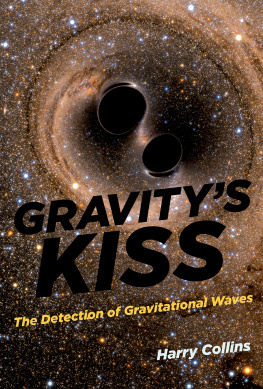
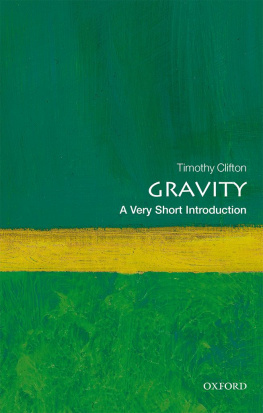
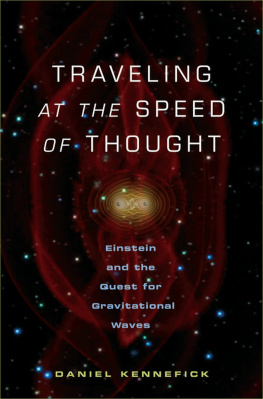




 as it passes a projected distance b by a lens of mass M . The source appears to the observer to be an angular distance away from the line of sight connecting the observer to the lens.
as it passes a projected distance b by a lens of mass M . The source appears to the observer to be an angular distance away from the line of sight connecting the observer to the lens.